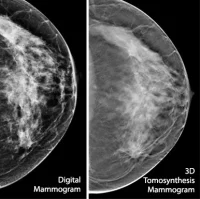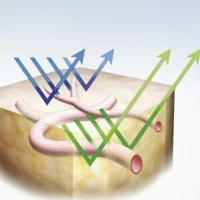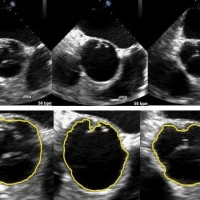An increasing prevalence of chronic diseases is driving the development of magnetic resonance imaging (MRI) components, according to a leading engineer and supplier of magnet systems for leading MRI integrators.
The global MRI compatible patient monitoring system market is growing significantly due to technological advancement in MRI-compatible monitors and increasing number of MRI procedures.
Magnetica, an MRI magnet and magnet sub-system manufacturer based in Brisbane, Australia, commissioned a market study that showed that 26.7 million MRI procedures were conducted in 2007 and the number increased to 30.2 million by 2010.
Massive unexplored markets in developing economies are creating abundant opportunities with the sector expected to grow at a considerable rate up to 2020, the study found.
Some of the factors driving growth are an increasing prevalence of chronic diseases, an upsurge in geriatric population, increasing number of hospitals and diagnostic centres, increasing lifestyle associated diseases, and increasing healthcare expenditure.
In addition, the increasing government funding and support, and increasing healthcare awareness are also expected to fuel the growth of the market in the coming years. However, high cost and strict regulatory requirements for the approval of devices are some of the factors restraining the growth of the market to some extent.
Geographically, North America will be leading the global MRI compatible patient monitoring system market in the coming years due to increasing geriatric population, increasing lifestyle associated diseases, and faster adoption of technologically advanced devices.
As MRI investigations are lengthy, generally children or critically ill patients may require sedation to tolerate the procedure and remain immobile during the procedure. MRI procedure poses risk of life-threatening adverse events, such as respiratory depression and hypoxemia.
According to the Safety Committee of the Society for Magnetic Resonance Imaging, MRI procedure should be physiologically monitored and supported with appropriate means. In addition, according to the guidelines issued by the Joint Commission on Accreditation of Healthcare Organisation, patients under sedation or anaesthesia require monitoring during the administration and recovery from these medications.
An MRI compatible patient monitoring system helps in monitoring vital signs of the patient during the scan in order to identify physiological parameters and avoid any emergency condition during the scan. Vital signs monitored with the help of MRI compatible patient monitoring systems are mainly electrocardiography (ECG), invasive blood pressure (IBP), and pulse oximetry (SpO2). It is mainly used to ensure the patients’ basic cardiopulmonary parameters and temperature. It is essential for mentally unstable patients, neonatal and paediatric patients, sedated patients, patient with compromised physiologic function, patients who are not able to communicate, and high risk and critically ill patients.
Geographically, North America will be leading the global MRI compatible patient monitoring system market in the coming years due to increasing geriatric population, increasing lifestyle associated diseases, and faster adoption of technologically advanced devices. Asia-Pacific is the fastest growing region due to increasing healthcare awareness and increasing healthcare expenditure, as well as due to refining healthcare infrastructure in the emerging countries, such as India and China.










